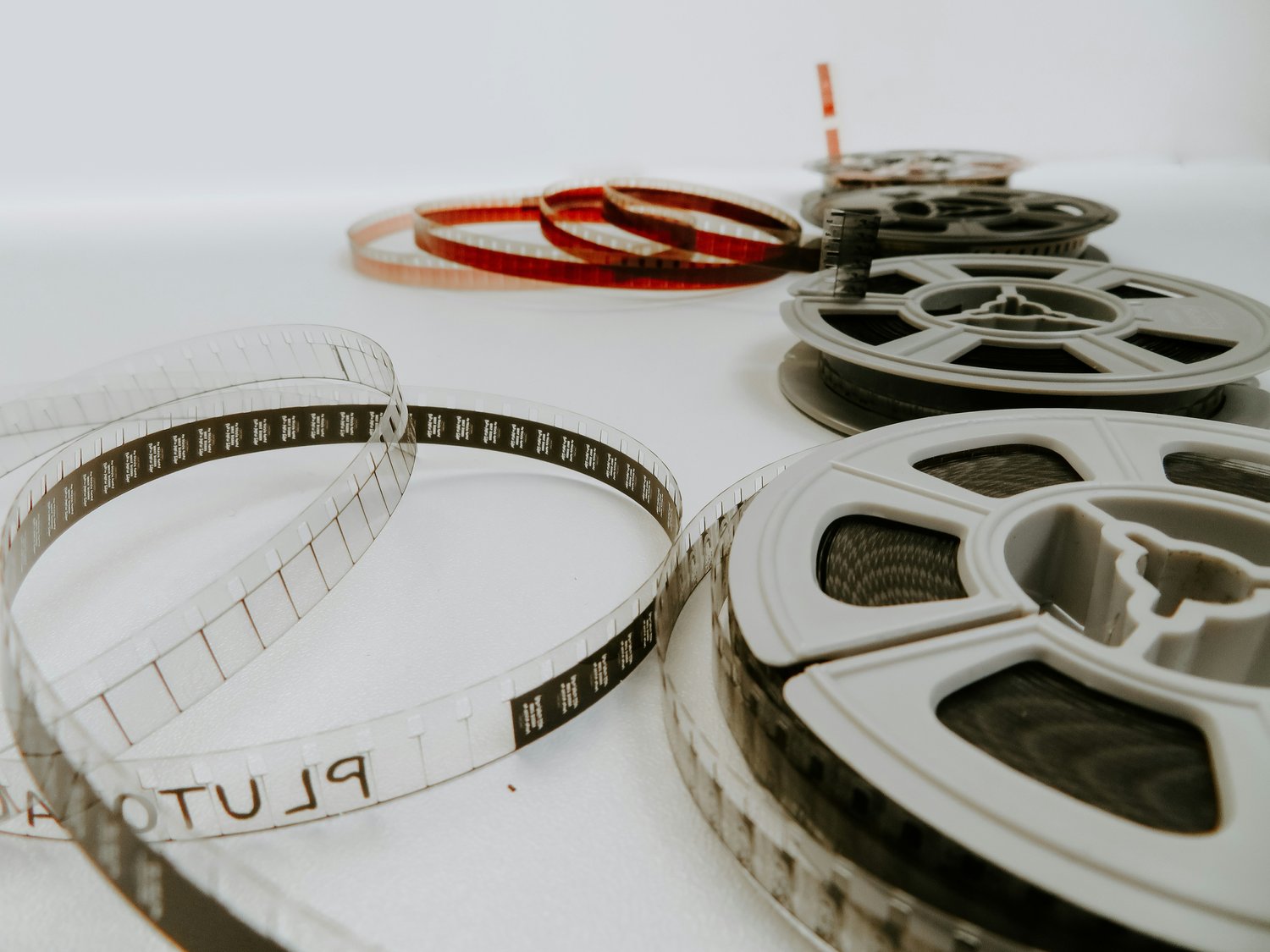Image: https://unsplash.com/photos/four-reel-films-lying-on-white-table-Lq6rcifGjOU
In the film industry, safety is paramount, not just for actors but for all crew members, including independent contractors who often handle some of the most hazardous tasks on set. This blog delves into how movie productions manage liability for injuries to independent contractors and ensure safety, highlighting notable incidents that have influenced current practices and the role of liability insurance in protecting everyone involved.
The Importance of Safety Protocols
Establishing a Safe Environment
Film sets are complex environments where numerous activities happen simultaneously, often involving dangerous stunts, heavy equipment, and extreme conditions. To manage liability and protect independent contractors, productions must adhere to rigorous safety protocols. These include:
Risk Assessment: Before any filming begins, a detailed risk assessment is conducted to identify potential hazards. This helps the production team implement specific safety measures.
Safety Briefings: Daily safety meetings are held to brief the crew on the day’s activities, highlighting any potential hazards and how to avoid them.
Specialized Training: Contractors performing high-risk tasks receive specialized training. This is particularly crucial for stunt performers and those handling special effects.
Compliance with Legal Standards
Productions must comply with national and regional safety laws, including OSHA (Occupational Safety and Health Administration) regulations in the United States. These laws are designed to ensure that workplaces are free from recognized hazards that could cause death or serious physical harm.
Notable Incidents and Their Impact
The film industry has learned many of its safety protocols from past tragedies. Notable incidents include:
The “Twilight Zone” Tragedy (1982): Actor Vic Morrow and two child actors were killed on set when a helicopter stunt went wrong, leading to stricter regulations on set safety and child labor laws.
The Death of Brandon Lee (1993): The actor was fatally shot during the filming of “The Crow” due to a prop gun accident. This incident led to more stringent controls on firearms and prop weapons on set.
These and other incidents have profoundly impacted how safety is managed in film production, leading to more stringent enforcement of safety protocols and greater awareness of the risks associated with film production.
Liability Insurance for Independent Contractors
Image: https://unsplash.com/photos/a-magnifying-glass-sitting-on-top-of-a-piece-of-paper-mCqi3MljC4E
Liability insurance plays a critical role in the film industry by providing financial protection against claims resulting from injuries or property damage. For independent contractors, having the right insurance coverage is vital. This includes:
Workers’ Compensation: Provides benefits to employees (and in some cases, independent contractors) who are injured while on the job.
General Liability Insurance: Covers legal liabilities that may arise from accidents, offering protection against the risks of lawsuits and other legal complications.
Professional Liability Insurance: This is particularly important for contractors who offer specialized services, such as stunt coordinators.
Best Practices for Enhancing Safety
To further enhance safety on set, productions can adopt several best practices:
Advanced Planning: Thoroughly planning complicated scenes well in advance to anticipate and mitigate risks.
Use of Technology: Employing technology like CGI to simulate dangerous effects safely.
Continuous Training: Providing ongoing safety training and updates to all crew members throughout the production.
Role of Safety Officers
Safety officers are essential on movie sets, especially when the production involves complex stunts or hazardous environments. Their responsibilities include:
Monitoring Safety Compliance: Ensuring that every aspect of the production adheres to safety protocols.
Emergency Response Coordination: Developing and implementing emergency response strategies, including first aid and evacuation plans.
Training and Certification: Verifying that all crew members, especially independent contractors, have the necessary certifications and training for their roles.
The presence of a dedicated safety officer helps to minimize risks and provides a go-to resource for safety concerns, ensuring that safety regulations are continuously enforced and adapted as needed throughout the production.
Conclusion
The management of liability and the assurance of safety for independent contractors on movie sets are critical components of film production. Through stringent safety protocols, compliance with legal standards, appropriate insurance, and a culture of safety awareness, productions strive to create a safe working environment. These efforts not only protect the crew but also ensure that the magic of filmmaking can continue without putting lives at risk.



